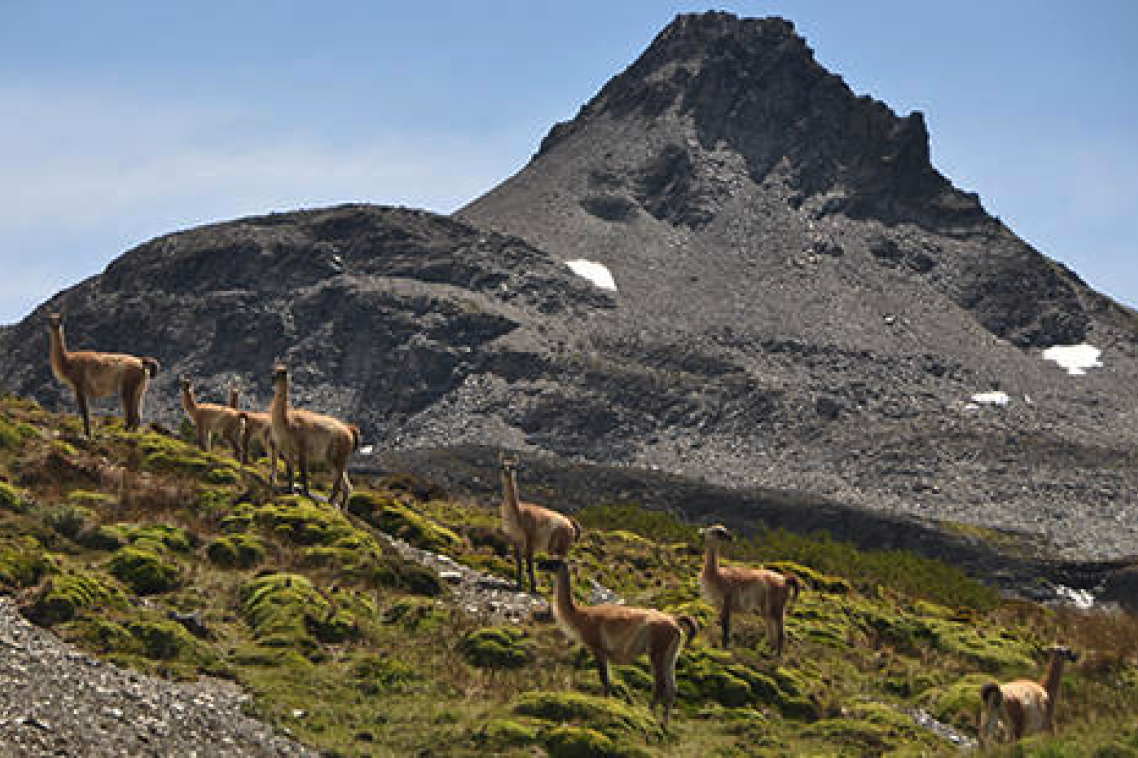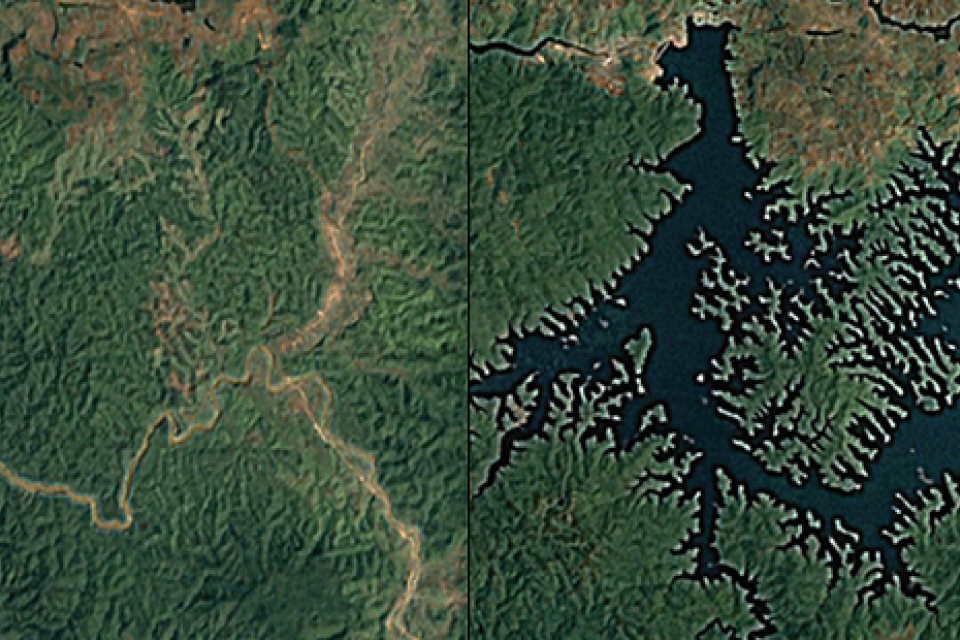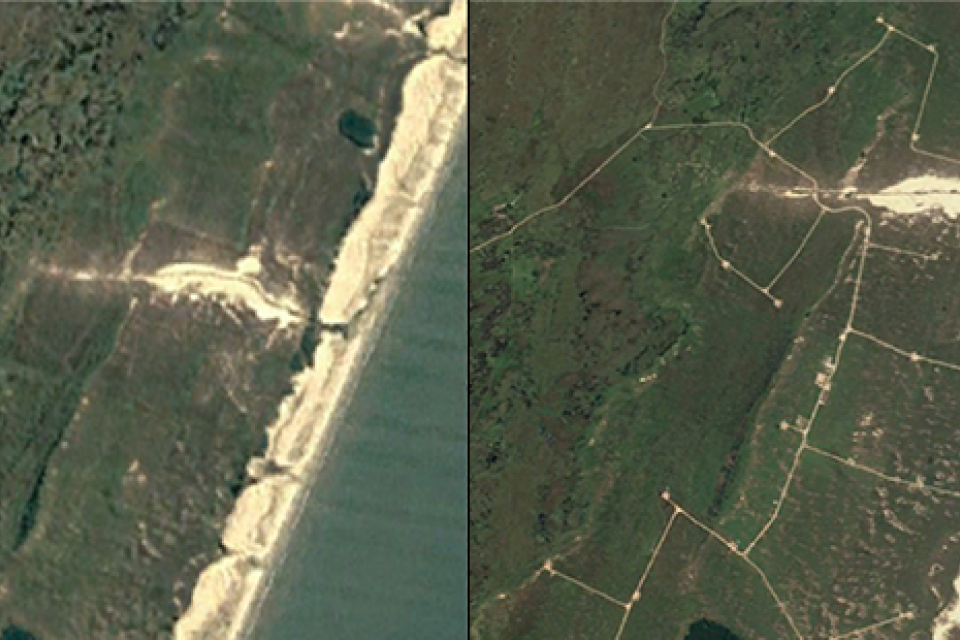Renewable energy developments threaten biodiverse areas

More than 2000 renewable energy facilities are built in areas of environmental significance and threaten the natural habitats of plant and animal species across the globe.
A University of Queensland research team mapped the location of solar, wind and hydropower facilities in wilderness, protected areas and key biodiversity areas.
UQ School of Earth and Environmental Sciences lead author Mr José Rehbein said he was alarmed by the findings.

“Energy facilities and the infrastructure around them, such as roads and increased human activity, can be incredibly damaging to the natural environment.
“These developments are not compatible with biodiversity conservation efforts.”
The majority of renewable energy facilities in western Europe and developed nations are located in biodiverse areas.
Mr Rehbein said there is still time for developers to reconsider facilities under construction in Asia and Africa.
University of Amsterdam senior author Dr James Allan said effective conservation efforts and a rapid transition to renewable energy was essential to prevent species extinctions and avoid catastrophic climate change.
“The entire team agree that this work should not be interpreted as anti-renewables because renewable energy is crucial for reducing carbon emissions,” Dr Allan said.
“The key is ensuring that renewable energy facilities are built in places where they do not damage biodiversity.
“Renewable energy developments must consider biodiversity as well as carbon, and avoid any negative impacts on biodiversity to be truly sustainable.”
The team urge governments, industry and development organisations to avoid expanding renewable energy facilities into conservation areas and plan for alternative locations.

The research paper has been published in Global Change Biology (DOI: 10.1111/gcb.15067).
Media: Mr José Rehbein, jrehbeinlucero@worldbank.org , +56 9 8728 4310 (Chile GMT -3); Dr James Allan, j.r.allan@uva.nl, +254 0703 809 361 (Kenya GMT +3); Dominic Jarvis, dominic.jarvis@uq.edu.au, +61 413 334 924 (Brisbane, Australia).
Picture captions:
Banner - Guanacos in Chilean Patagonia. One of the last remaining wilderness areas left in the region. (Credit: Francisca Hidalgo);
Picture 1 - Thủy điện Đồng Nai 3, 180 MW hydropower plant, Vietnam. One of a series of five hydropower dams built along Đồng Nai river in the Cat Tien National Park and UNESCO biosphere reserve. (L-R) 1996 and 2017;
Picture 2 - Corredor de Senandes IV, 30 MW wind power plant, Brazil. Built on Banhado do Maçarico Key Biodiversity Area (Important Bird Area, IBA). (L-R) 2006 and 2018.
Related articles

Demand for English hurts marginalised researchers

Award winning astrophysicist prioritises lay speak to support science
Media contact
UQ Communications
communications@uq.edu.au
+61 429 056 139
